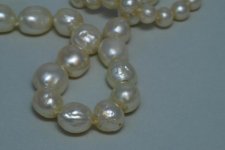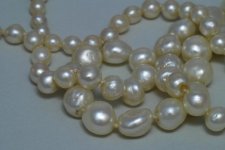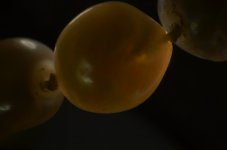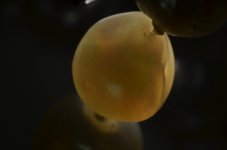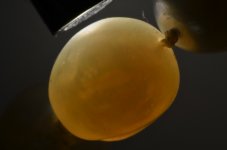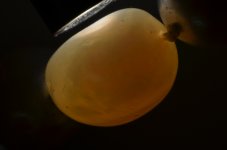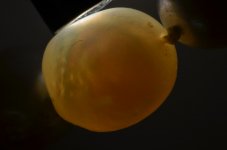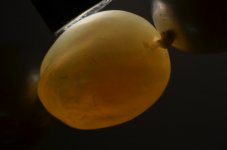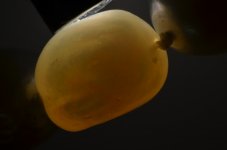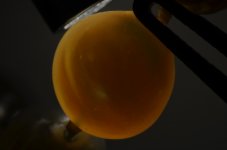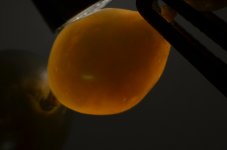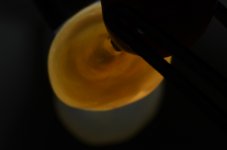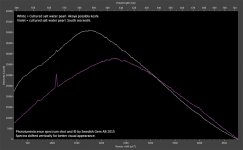Conny Forsberg
Community member
- Joined
- Jan 14, 2015
- Messages
- 32
Hi you all,
from a pearl "amateur". Though I'm a gemologist, diamond grader and precision cutter since more than 30 years pearls are not really my field of expertise. I love pearls and enjoy wearing my Tahiti pearl. The ones I consider primarily wearable by men as well as women.
On to the topic of the post. I bought a very old string of pearls with a 18K diamond set gold clasp and attached extra security chain. Also 18K. Pearls are from semi round to baroque in shape. Seeems the nacre layer is very thick. I have shot some images when candeling. Anyone like to chime in and tell me what we are looking at?
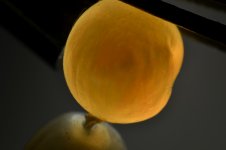
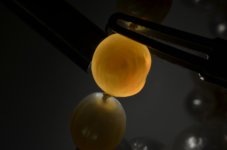
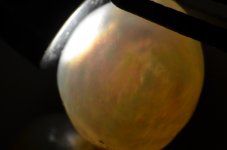
I have quite a few more but lets start with these.
Cheers,
Conny
from a pearl "amateur". Though I'm a gemologist, diamond grader and precision cutter since more than 30 years pearls are not really my field of expertise. I love pearls and enjoy wearing my Tahiti pearl. The ones I consider primarily wearable by men as well as women.
On to the topic of the post. I bought a very old string of pearls with a 18K diamond set gold clasp and attached extra security chain. Also 18K. Pearls are from semi round to baroque in shape. Seeems the nacre layer is very thick. I have shot some images when candeling. Anyone like to chime in and tell me what we are looking at?



I have quite a few more but lets start with these.
Cheers,
Conny

